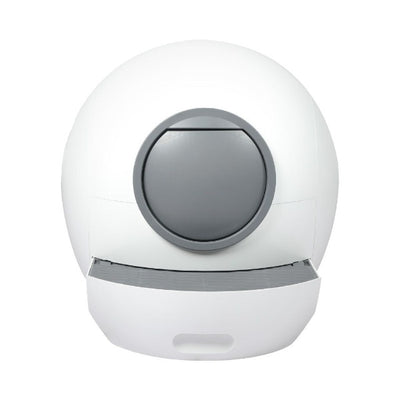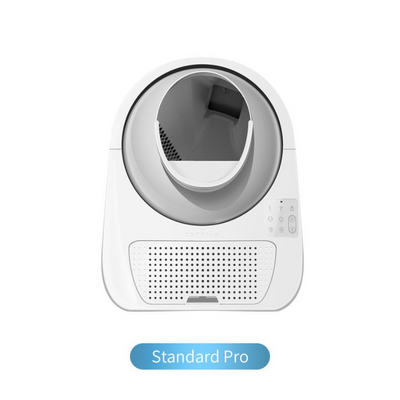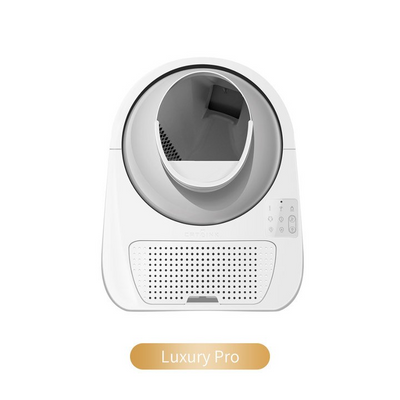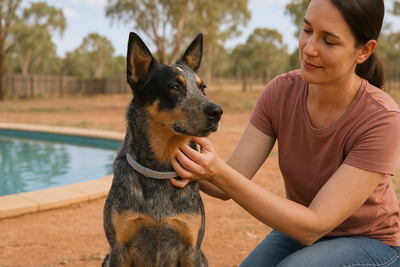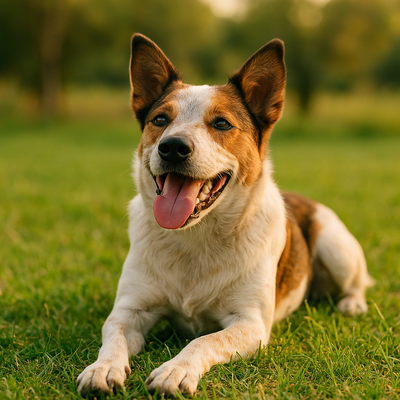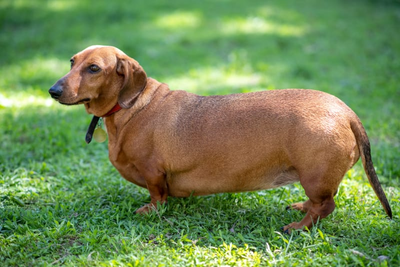How much space do I need for my chickens?
The minimum area recommended is approx. 35cm square or 1.5 square feet and less for bantams in their coop. In their run allow 1m square space around 0.5 square metres for bantams. As these numbers can be hard to visualize, here is a great image from wikihow to demonstrate the space requirements.
Please keep in mind that these statistics are MINIMUM requirements. When I talk to people about space allowances with chickens, I often compare it to us living with other people in a caravan – doable but you’ll be happier with more room to stretch your wings (so to speak) and not living on top of each other. The more space you give your chickens the happier they will be as you don’t want to give them the outside version of a cage farm – it defeats one of the main reasons people keep their own chickens (improving hen welfare and living conditions). We also recommend that you free range your chickens whenever possible to provide a varied diet, exercise, alleviate boredom (and any associated behavioural problems), ‘yellower’ (is there such a word?) egg yolks… and give them a happier life.
Inside the coop, you need to allow between 6″ – 10″ (or 150mm to 250mm) of perch space per bird for them to be comfortable and one nesting box for 4 – 5 laying hens is fine.
How many chickens should we get?
Chickens are a flock animal, and are happier living with a few friends. We advise it is good to start with a minimum of three girls as it means that if something happens to one (and they go to live in the big chicken coop in the sky) then the remaining two still have each other for company. Chickens can get very sad, stop laying or even die of loneliness…
What is a ‘dual-purpose’ chicken?
Chickens are often categorised by their uses to humans – egg layers, meat birds or dual purpose. Dual purpose chickens mature quite slowly, produce a good quantity of meat (the roosters are normally eaten) and the girls will still produce a good number of eggs. The most readily known dual purpose breeds in Australia are Australorps, Plymouth Rocks or Light Sussex (the big white girl with a black collar on the pic below – but they are really poor layers compared to how much they eat!).
What is a standard chicken?
A standard-sized chicken is also thought of as a ‘large’ chicken. If you know someone who has ISA Brown chickens, they are generally this size and larger (ISA’s are generally the smallest of the larger chickens). Some standard sized chickens can be huge but to balance this out, quite docile. Awesome pets!
What is a bantam chicken?
Bantam can be a bit of a confusing term as it refers to chicken size but is also an established breed. More commonly, bantam chickens are generally 1/2 to a 1/3 of the size of their larger sized counterparts. An example of this is the breed Australorp, which are available in standard (large) and bantam (smaller). They will often eat smaller quantities than large breeds and require less room to be happy so are a good option for limited spaces.
Bantams are often thought of as egg layers (Australorps, Langshans, Leghorns etc) or pets that lay bonus eggs (Pekin bantams or silkies).
Are standard or bantam chickens better for me?
The main differences between the two sizes are the space requirements needed for them to live a happy life, egg size (with bantams often having a better food to egg conversion rate than the standard) and price (as a larger breed costs more). Other than that, it is purely personal preference…
I’ve seen so many pretty chickens… is it possible to get one each?
Of course that is fine… after all, half the joy of having chickens is having different shapes, feather types and colours – and the easiest way to get that is by having different breeds. A lot of chicken keepers have mixed flocks and it is perfectly acceptable.
Check out this great picture of a friend with our mixed flock a few years ago… isn’t it pretty?
The only issue is that you should try and get them around the same time, so they can grow up together and establish a pecking order early on in their settlement in their new home (your backyard). This also means that their size/ages would be quite close and they would have the same nutritional requirements and therefore be fed the same food. If there is too much of a size difference, this can mean that the smaller/more docile chicken(s) can be vulnerable to pecking order bullying, which can be quite vicious.
How old should my chickens be when I buy them?
If you wanted to hand raise your girls so they will (hopefully) be quite tame, you are best to get them as young as possible. Around 8 weeks of age is a typical age to get young pullets, as this is the age that most sellers can accurately determine the boys from the girls… If you wanted chickens that will give you eggs within 2-4 weeks of bringing them home, then a girl at ‘point of lay’ is better for you. Point of lay chickens are often 22-26 weeks old. Please be aware that if you wait until January – February to get your point of lay girls, you might find that your preferred breeds have been sold long before you contacted the seller…
I’ve been told to buy a ‘point of lay’ chicken. When are they available?
A chicken which is at ‘point of lay’ means it is approx. 22-24 weeks old and should (theoretically) start laying 2-4 weeks after you bring her home. Point of lay chickens are normally available from late January to Feb each year. Commercial layers (Brown layers, Australorp crosses and Leghorn crosses) are generally available all year irrespective of seasons, due to their use in the commercial industry.
Why so long until I can get a Point of Lay chicken?
Well, breeding season in Victoria starts in September, as a general rule. This is when the weather starts to warm up, daylight hours start to increase and the girls start to lay again after taking a break over the colder months. This means that eggs are then collected and incubated, which takes 3 weeks. Then add another five and a half months to grow them to point of lay… you are in the January – February time period.
How long can a chicken live for?
A healthy chicken can live for anywhere between 6-12 years if cared for properly (ie. given good nutrition, health care and decent shelter etc) with some variation dependant on their breed. Commercial hybrid chickens have a much shorter life expectancy (2-3yrs) as they are bred for maximum egg production in a short period of time and therefore will experience health complications relating to this.
Do I want to buy a vaccinated or unvaccinated chicken?
There are multiple types of vaccines available for poultry keepers, with the three most well known being for ILT, Mareks disease and Fowl Pox. If you are concerned about buying a vaccinated or unvaccinated bird, Suburban Chooks recommends that you research the issue, discuss the pros and cons with your avian vet and make the decision that best suits your beliefs. The debate amongst breeders for and against vaccinations is ongoing and very *very* complex!
A majority of the vaccinations can only be done when the chicks are 1-3 days old, and need to be kept separate from adult birds until their full immunity develops – adult birds cannot be vaccinated. Most small scale (non-commercial) breeders don’t vaccinate because it’s difficult to get hold of the vaccines in small enough doses (they are only available in doses for 1000 chickens) or instead believe in breeding for disease resistance.
There are, however people who choose to purchase vaccinated chickens – for those chicken keepers their options are to get their avian vet to vaccinate their young chicks (usually only able to be done within the first three days after hatching and very expensive), or purchase smaller doses of vaccine from their avian vet and do it themselves, or buy in very large doses (usually for 1000 chickens) and vaccinate their small numbers of hatched chicks.
What is a reasonable price to pay for a chicken?
There are many factors that go into the pricing of a chicken, irrespective of location worldwide… many of which aren’t considered when people new to the poultry world look at an advertised price.
Without going into a mindboggling financial breakdown which would include mind numbing mathematical equations, they can be summarized by the following contributing factors:
– Establishing quality breeding stock – Infrastructure (coops, sheds etc) – Ongoing food and health supplements (when needed) – Vet bills, vaccinations and medications (if you believe in that course of action) – Land rental – Incubator and brooder equipment – Cost of electricity 24/7 for minimum 9 weeks – Labour – Business related costs (Website? Tax ?)
And lastly, poultry breeders have to factor in the cost of hatching and raising cockerels into their costs. At a minimum, breeders have to factor in that at least 50% of their hatched chicks will be roosters, of which there is no viable market demand. If the pendulum swings the other way, and we get more pullets, it is a blessed rarity. A few seasons ago, all breeders we knew who dealt with Pekin bantams (one of our most popular chicken) hatched out 90% roosters. That is for every 10 chicks that were nurtured through to eight weeks of age – the time when most people can differentiate between the cockerels (boys) and pullets (girls) – only 1 was a girl!!! Amazing! No reason for it that we were able to account for, but reality that year none-the-less. And this was Australia wide! I still can’t believe it, years on…
What should I bring my new chickens home in?
The two most common types of transportation for chickens are either a pet carrier or a plain cardboard box with air holes cut out (which can be thrown out or recycled once you are home). Chickens should never be put in the boot of a car, or have their legs tied or put into a bag. This is cruel and illegal. Our general thoughts on transporting chickens are ‘If you wouldn’t do it to a dog, why do it to a chicken?”

